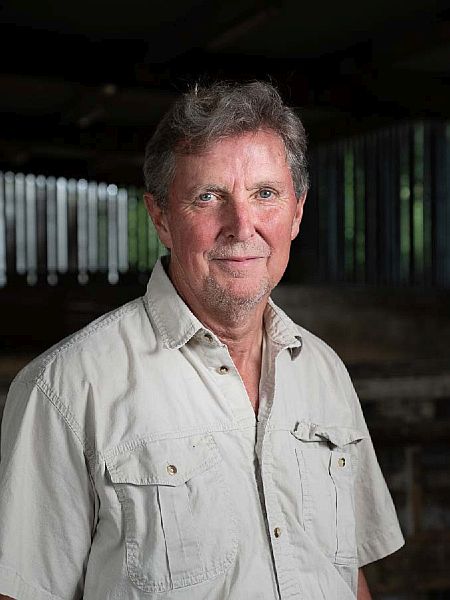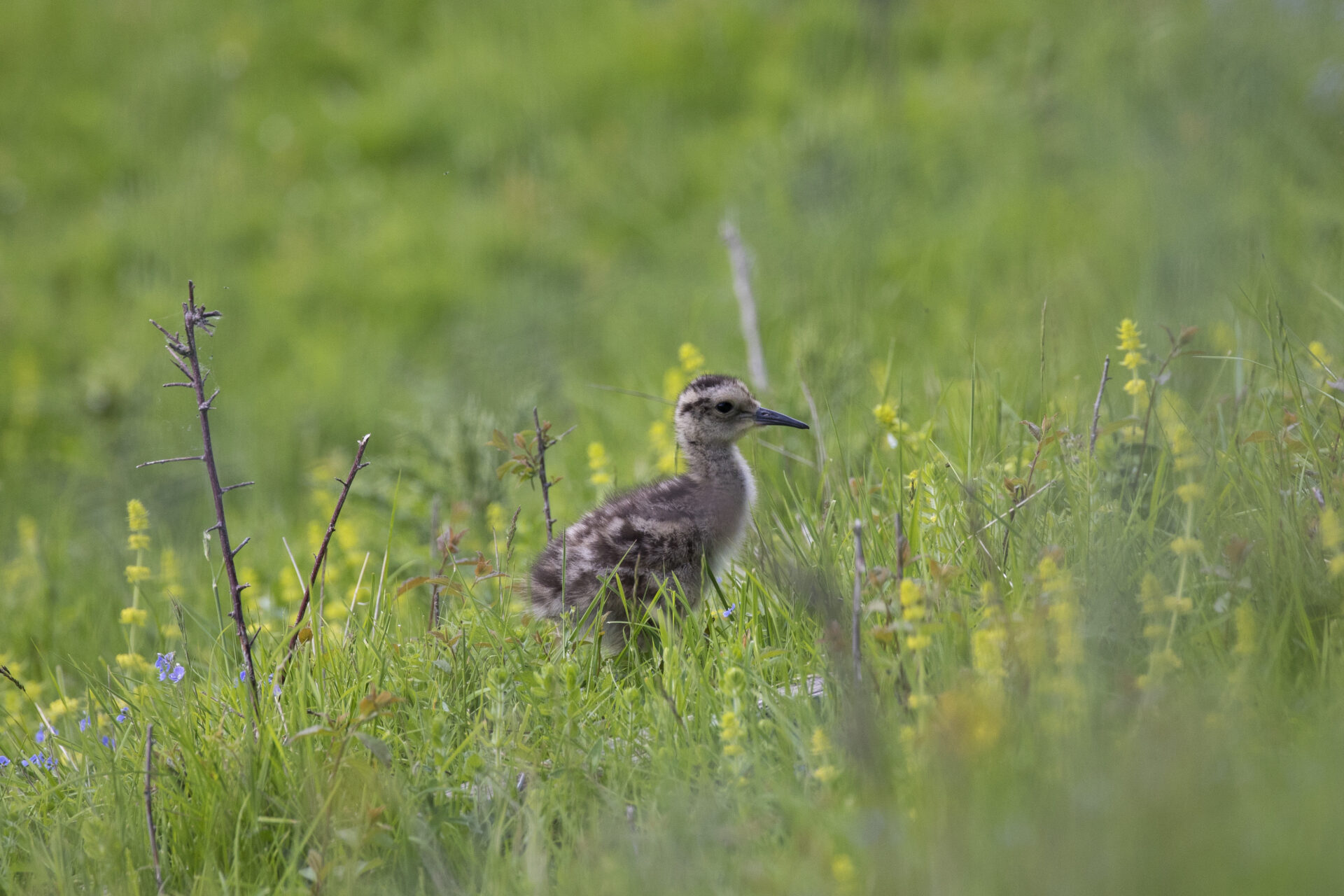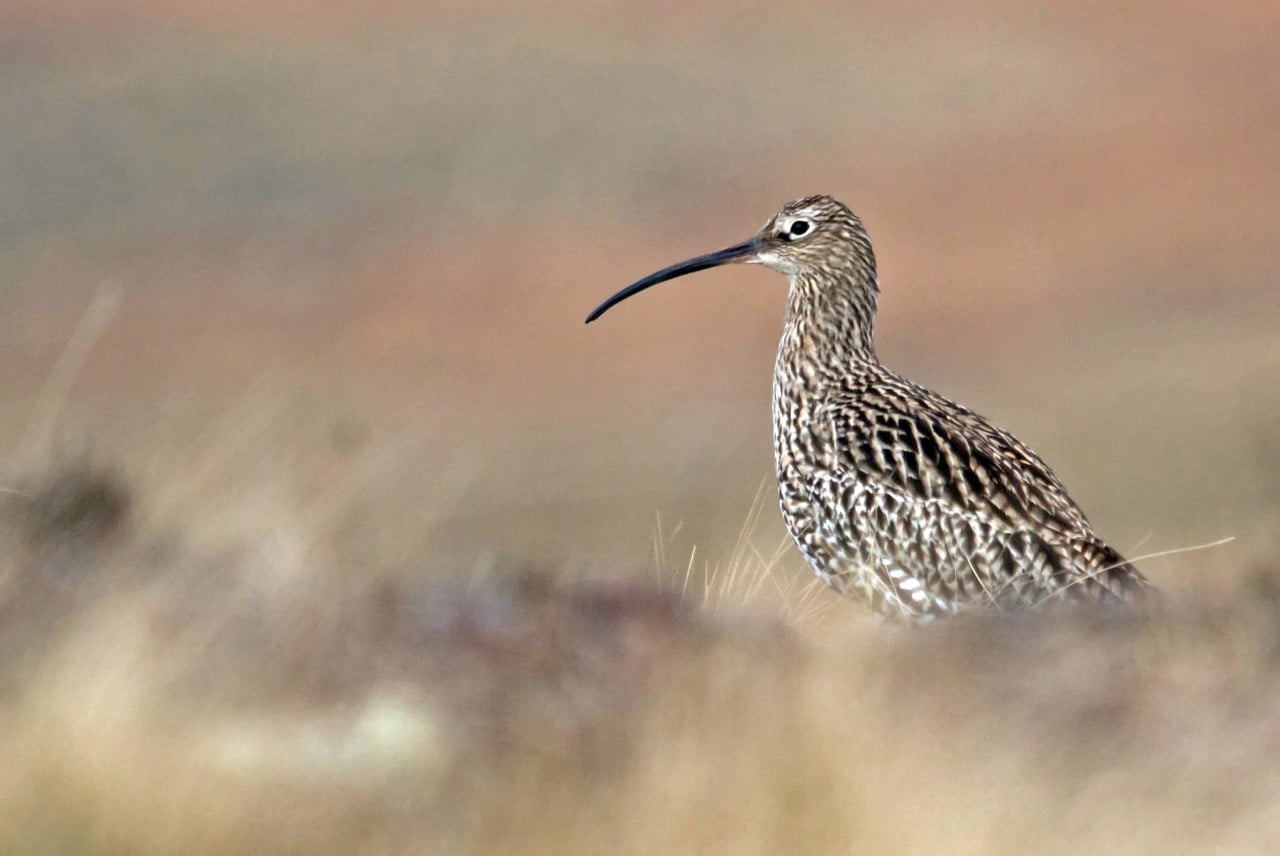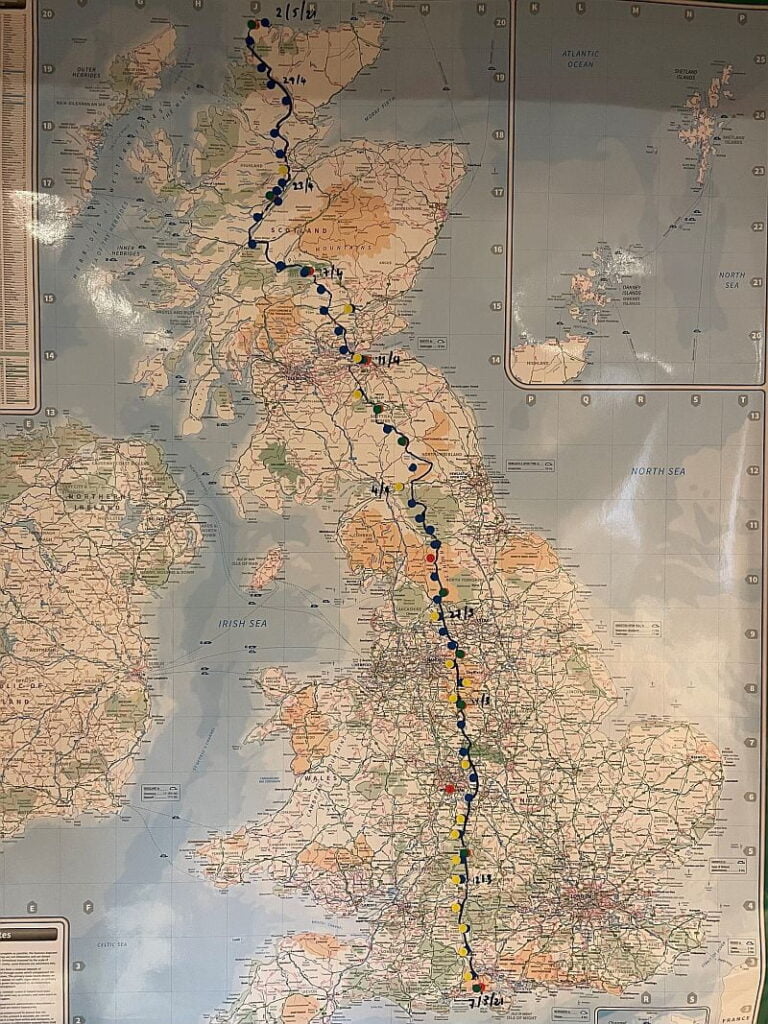A small charity's mission to save Britain's most precious bird.
Globally, we’ve lost 50% of our wildlife, and Britain is one of the most nature depleted countries in the world. Our intensively managed islands are forcing nature to survive at the fringes of human development, and wildlife must adapt rapidly to changing landscapes. Over the last 25 years we’ve lost over half of our curlew population and with it a whole host of other wildlife. Curlew Action was set up in 2019 to reverse the decline of curlews in Britain and our small team has worked tirelessly to raise awareness and funds for vital conservation work. Starting on the 7th of March this year, our chair of trustees Roger Morgan-Grenville, is setting out on a 1,000 mile walk from Southampton to Cape Wrath to raise £75,000 for curlew conservation.

About Roger Morgan-Grenville
“I have been a soldier, a trader and a charity worker before committing myself slightly late in life to full time writing on conservation. To that end, I have a book on bees (Liquid Gold), one on seabirds (Shearwater), already published, and one to be published shortly on the history of mankind and cattle. I live with my wife in a little village in West Sussex, having dispatched our children out into the wide world to do what they can to make it a better place!”
Why curlews?
“I have always been a bird enthusiast (and once, very briefly a twitcher.) Over the years, I have come to realise that some birds amount to more than the sum of their parts, either as iconic recovery species (like the red kite), charismatic garden species (like the goldfinch) and, above all, indicator species, like the curlew. What works, or doesn’t work, for the curlew, applies equally to all those ground nesting birds like lapwing, redshank, skylark, yellowhammer and corn bunting. And what works, or doesn’t work, for ground-nesting birds, applies equally to the health of our grasslands. Hence the welfare of the curlew is critical to our national biodiversity. Plus, I love them.”
Why now?
“It has to be now. The curlew numbers have plummeted in terms of its presence as a breeding bird in the UK, and we simply don’t have too many ‘tomorrows’ to rescue them. Also, in our little charity, Curlew Action, we are becoming increasingly aware that the curlew’s moment has come; they are part of the national conversation, whether it is in the government’s new farming strategy or in the most searched for bit of British wildlife on Google. So it has to be now.”
Why walk 1,000 miles?
“I have always been happier to support the charitable efforts of people who are going the ‘extra mile’ than those who keep well within themselves. The way I look at it, if I am prepared to put my 62 year old body through a bit of punishment for a couple of months, it might inspire people not just to donate, but also to learn a bit more about what we do, and what we all need to do to save the curlew.”
What will £75,000 do for curlews?
Protecting curlews requires a holistic approach. Much of curlew conservation relies on the good will of local people and local landowners, so we need an aware and engaged population if we are really going to turn this around long term. Curlew Action runs outreach campaigns to raise awareness around the plight of the curlew, including our Junior Curlew Network, a network of primary schools learning about curlew. Our online seminar series, Conservation: lessons from the curlew, discusses the big topics in curlew conservation in Britain. Creative campaigns around World Curlew Day (21st of April) help to celebrate the cultural influence that curlews and their haunting call have had on our society for centuries. Funding is also needed to support fieldworkers, to run workshops and create training videos. We need skilled individuals to carry out fieldwork such as monitoring, recording and protecting nesting curlew. £75,000 would help Curlew Action to carry out all of our projects for the next year, creating tangible change and generating a huge amount of momentum in the process.
Please donate to support Roger and Curlew Action, we must act now to save British wildlife.

Photo by Claire Dinning

Photo by Robert Pope

